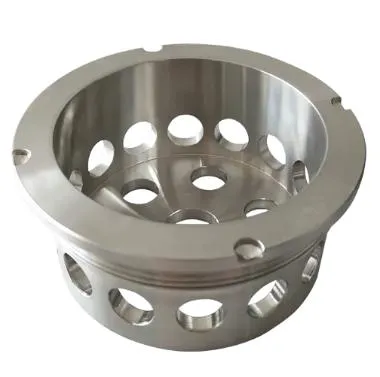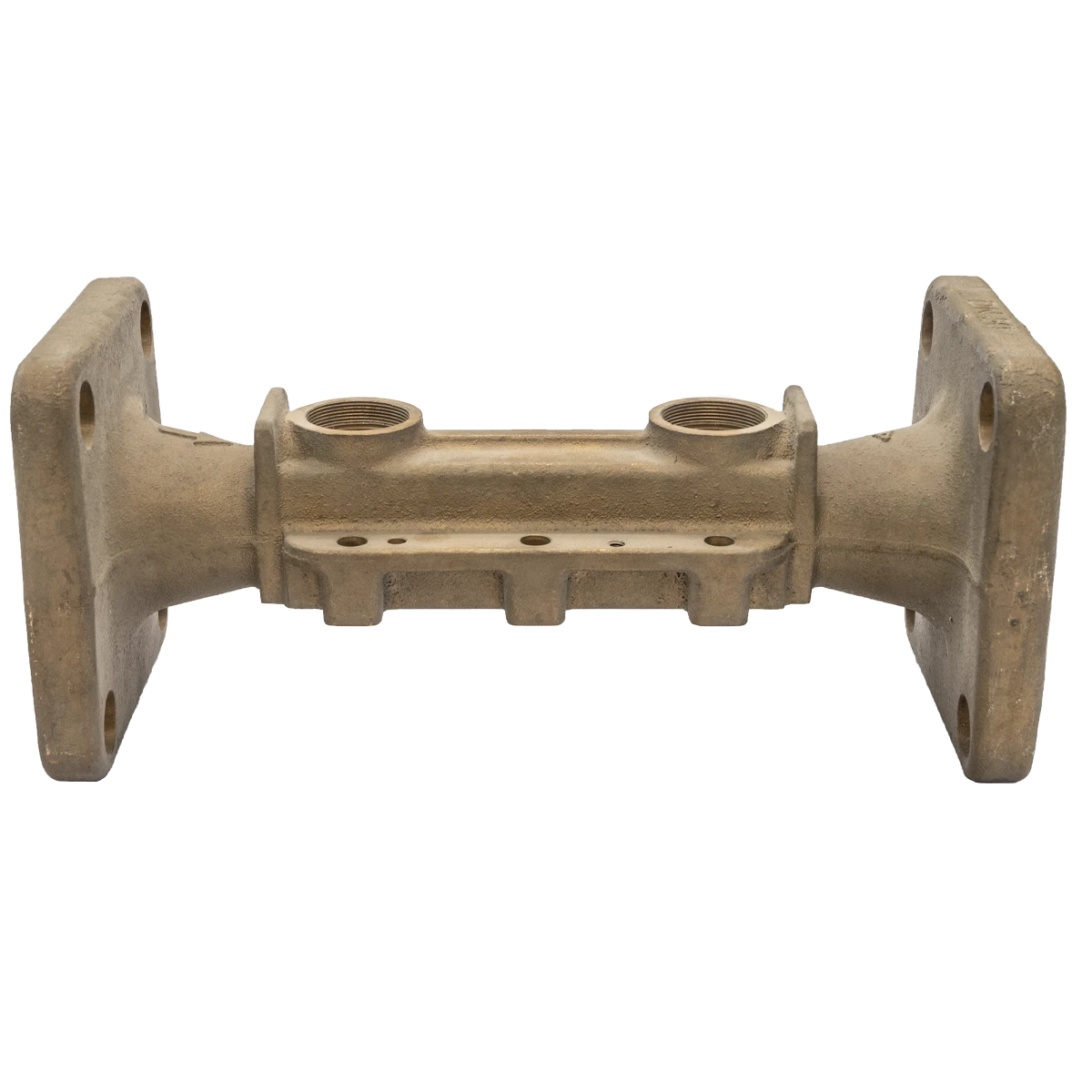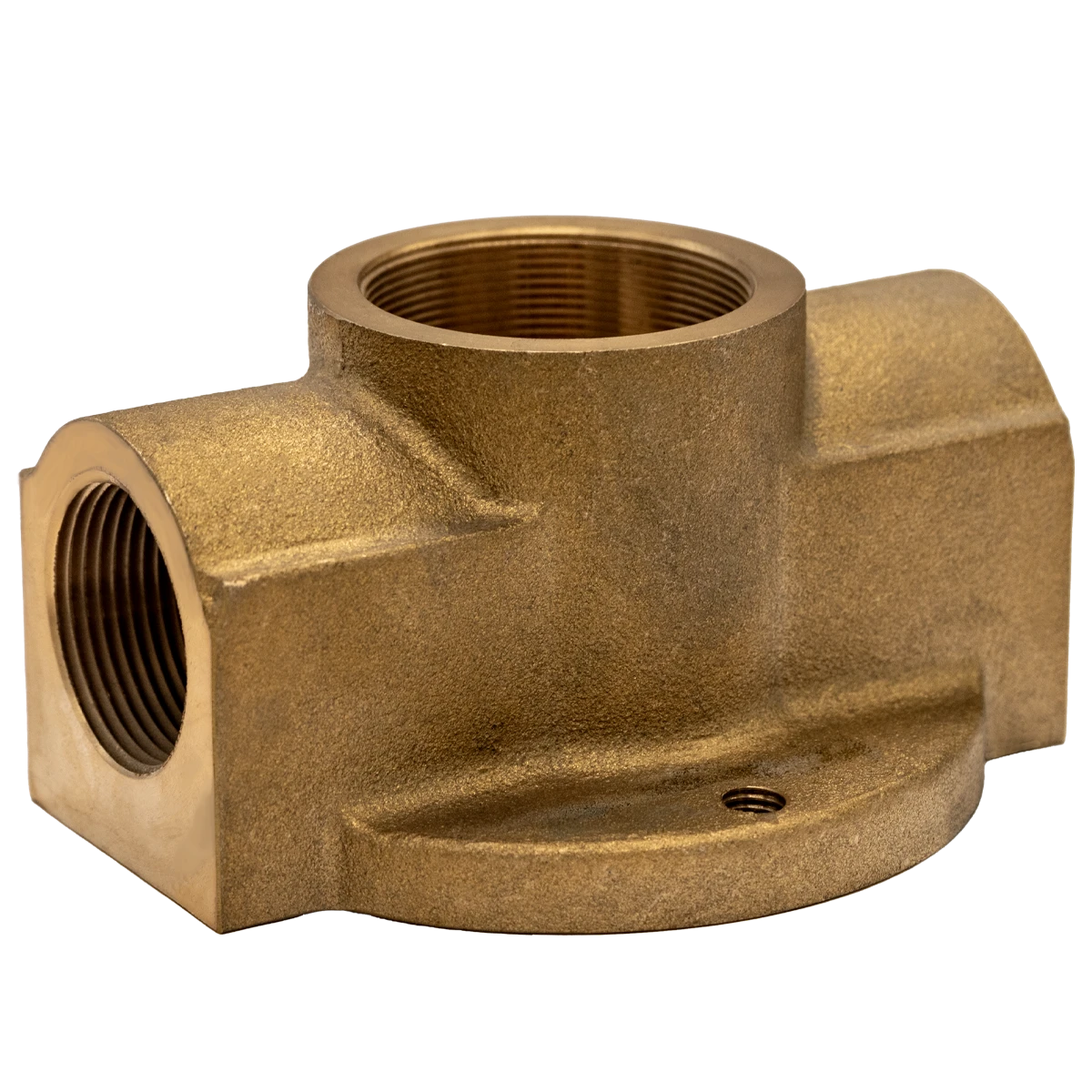Mobile:+86-311-808-126-83
Email:info@ydcastings.com
English
High-Quality Casting Sand for Precision Sand Casting Compare Sand Casting vs Die Casting
- Introduction to Casting Sand and its Role in Modern Manufacturing
- Technological Advantages: Sand Casting vs Die Casting
- Insight into the Casting Sand Mold Casting Process
- Industry Data and Comparative Analysis
- Leading Manufacturers and Supplier Assessment
- Customized Sand Casting Solutions in Various Sectors
- Conclusion: The Future Landscape of Casting Sand

(casting sand)
Introduction to Casting Sand in Advanced Foundry Applications
In the landscape of modern metallurgy and manufacturing, casting sand
is a foundation material that enables the creation of complex metal components with precision and efficiency. With its granular composition, casting sand provides optimal moldability and thermal properties, significantly influencing the quality and economics of production. Industries ranging from automotive to aerospace rely on its adaptability for prototyping and mass production. As global foundry output surpasses 112 million metric tons per year (World Foundry Organization, 2023), the selection and management of casting sand have become pivotal for cost-effective, high-performance component fabrication.
Technological Advantages: Comparing Sand Casting and Die Casting
The two dominant casting technologies—sand casting and die casting—boast distinct operational benefits and limitations. Sand casting leverages a mixture of silica sand, binders, and additives to form reusable molds, facilitating versatility in shape and size. Conversely, die casting utilizes metal molds and is better suited for high-volume, dimensionally accurate production. The inherent flexibility of casting sand supports intricate geometries, larger component sizes, and rapid iteration. Die casting, however, delivers superior surface finish and minimal post-processing, but incurs higher tooling costs and lower adaptability for short runs or bespoke applications. Understanding these trade-offs empowers manufacturers to align process selection with project specifications, cycle time requirements, and budget constraints.
Insight into the Casting Sand Mold Casting Process
The process of sand mold casting hinges on the precise engineering of molds. Initially, a pattern reflecting the desired part is compacted in special casting sand, forming the negative cavity. Modern foundries utilise automated molding lines and advanced greensand technologies to maintain strict dimensional tolerances within ±0.25 mm. After assembling the mold halves, liquid metal is poured into the cavity and allowed to solidify. The sand mold is then disintegrated, revealing the cast product. Environmental stewardship is increasingly prominent, with over 95% of casting sand used being reclaimed or recycled in closed-loop systems (AFS, 2022), drastically reducing production waste and operational costs.
Industry Data and Comparative Analysis
Analyzing specific data enables engineering teams to select the most fitting technology. Below is a comparative table outlining primary metrics related to sand casting and die casting. Note the remarkable cost-efficiency and size-freedom of sand casting versus the speed and finishing advantages of die casting.
| Parameter | Sand Casting | Die Casting |
|---|---|---|
| Tooling Cost (USD) | $500 - $7,000 | $10,000 - $80,000+ |
| Part Size Capability | Up to 30,000 kg | Usually < 30 kg |
| Surface Finish (Ra, μm) | 6 - 12 | 1 - 3 |
| Dimension Tolerance (mm) | ±0.5 - 2 | ±0.1 - 0.3 |
| Production Speed (units/hr) | 2 - 10 | 30 - 100 |
| Material Range | Virtually all metals | Primarily non-ferrous |
| Annual Output for Single Tool | < 5,000 units | Up to 500,000 units |
| Recyclability of Sand/Feedstock | >95% | Not applicable |
This quantitative comparison helps project managers and engineers to calibrate expectations and plan investments effectively, balancing lead time, capital outlay, and component complexity.
Leading Manufacturers and Supplier Assessment
Major suppliers are driving innovation by integrating quality control technologies and sustainable practices into their sand casting facilities. For instance, Nemak, Ryobi, and Alcast Technologies consistently rank among the top providers due to their global footprint, in-house engineering capabilities, and certifications such as ISO 9001:2015 and IATF 16949. According to a recent market analysis, foundries applying robotic automation and real-time sand analytics report a 15% reduction in defect rates and cost savings exceeding 10% per production run. Supplier differentiation increasingly depends on digital twin modeling, eco-friendly sand reclamation systems, and partnership-driven customization.
Customized Sand Casting Solutions in Various Sectors
The versatility of sand casting enables tailored solutions for specialized industries. In power generation, custom-designed turbine casings produced by sand casting withstand thermal gradients above 600°C and operational loads exceeding 50 tons. Automotive OEMs leverage rapid sand mold modifications to cut prototype lead times from 8 weeks to under 3 weeks, accelerating vehicle development cycles. The defense sector employs advanced sand compositions and binder systems for large-caliber artillery components where one-off flexibility and dimensional accuracy are essential. Across these applications, engineering teams capitalize on simulation-driven mold design to preempt defects and optimize gating, ensuring each unique project realizes its intended performance and reliability targets.
Conclusion: The Future of Casting Sand Solutions
Looking forward, the evolution of casting sand is positioned to shape next-generation production paradigms. With increasing emphasis on sustainable manufacturing, digital process control, and reduced material footprint, casting sand's role extends beyond tradition—enabling shorter cycles, higher precision, and cost competitiveness in global markets. As industries demand more agile prototyping, greater part complexity, and resource stewardship, continuous improvement in sand quality, process automation, and supply chain integration will define the benchmark for excellence. The transformative impact of sand casting is poised to expand across sectors, reinforcing its place as a cornerstone technology for manufacturers aiming at innovation and environmental responsibility in the decades ahead.

(casting sand)
FAQS on casting sand
Q: What is casting sand and what is its role in sand casting?
A: Casting sand is a special type of sand used to create molds for shaping metal in sand casting processes. It must be heat resistant and able to maintain its shape under pressure. Its main role is forming the mold cavity for molten metal.Q: How does sand casting differ from die casting?
A: Sand casting uses sand as the mold material, while die casting uses metal molds. Sand casting is more flexible for complex shapes but slower than die casting. Die casting produces smoother surfaces and is better suited for high-volume production.Q: What is a casting sand mold and how is it created?
A: A casting sand mold is a negative imprint of the desired product formed from compacted sand. It is created by packing sand around a pattern in a molding box, then removing the pattern to leave a cavity. Molten metal is then poured into the cavity to form the final part.Q: What are the main advantages of sand casting?
A: Sand casting is cost-effective and suitable for both low and high-volume production. It can make large and complex components. The process is versatile with a wide range of metals.Q: Can you reuse casting sand in sand casting processes?
A: Yes, casting sand can often be recycled and reused after each casting cycle. The sand is cleaned, conditioned, and mixed with fresh binder if needed. However, its properties may degrade after several cycles.-
Materials Used in Manufacturing Cap End Pipe FittingsNewsNov.24,2025
-
Material Properties of CF8M CastingNewsNov.24,2025
-
How to Inspect Pump Cap Ends for DamageNewsNov.21,2025
-
Backward Curved Impeller – Efficient Airflow Solutions for Industry | YD CastingsNewsNov.21,2025
-
Automobile Water Pump - Efficient, Quiet, Durable & ElectricNewsNov.21,2025
-
Impeller for Pumps – High-Efficiency, Durable, OEM-ReadyNewsNov.21,2025










